A common sight in industrial and storage spaces, forklifts provide immense convenience to many businesses. The presence of these machines in your facility turns lifting and moving heavy loads into easy and efficient tasks for anyone with the right skill, training, and certification.
To maximise the benefits offered by internal combustion and electric forklifts, it’s a must for your facility to adhere to well-established safety guidelines and best practices. Doing so allows you to ensure the safety of your team members and prevent possible losses due to damaged goods or other accidents. You can make safety a top priority without sacrificing efficiency by implementing the following best practices when using forklifts in your business:
Ensure That the Operator Has Proper Training and Certification
Make it a point that only trained and certified personnel can operate forklifts in your facility. This is one of the most critical safety measures that you should implement when working with forklifts. While they may appear simple to handle, forklifts are pretty complex and powerful machines. Putting these vehicles in the care of someone who does not know what they are doing can lead to accidents, including collisions and tip-overs.
Forklift operators who have undergone the right training are well-versed in the limitations and capabilities of the machine. Typical training courses for forklift operations cover subjects such as forklift controls, load handling, and driving techniques. Investing in the comprehensive training and certification of your forklift operators leads to a significant reduction of safety issues brought about by operator errors. Moreover, periodic refresher courses ensure that operators can stay up to date with the latest safety protocols.
Carry Out Daily Inspections Before Using the Vehicle
Before each shift, forklifts should undergo a thorough inspection to ensure they are in proper working order. This should include checks on critical components like tyres, brakes, lights, and hydraulic systems. If your electric forklift models come with added features like the capability to offer adequate cushioning to operators, check that the components for these features are fully functioning as well.
Identifying and addressing any wear and tear or malfunctioning parts during this assessment period can prevent accidents caused by equipment failure. This gives your team the opportunity to address worn tyres, which can reduce the forklift’s stability, or faulty brakes, which can lead to uncontrollable movements. Keep a detailed log of these inspections to ensure that your team is keeping up with regular maintenance schedules.
Familiarise Your Team with the Importance of Load Stability and Capacity Awareness
Forklifts have specific load capacity limits, and overloading it or improperly securing a load can easily cause accidents, such as tip-overs or damage to the forklift itself. Operators at your facility must be fully aware of the forklift’s capacity and ensure that loads are properly balanced and secured before moving. They should also be mindful of uneven loads or items that are not properly secured, as these can shift during transport and fall, or they could destabilise the vehicle.
Maintain Clear Visibility along the Forklift’s Path at All Times
It’s very important for forklift operators to have a clear line of sight when driving. This is especially true when they’re carrying large or bulky loads that obstruct their view. In such cases, it’s advisable for operators to tilt the mast slightly backward or drive in reverse to maintain visibility and avoid collisions with objects or people.
Additionally, having well-lit areas and clearly marked pathways helps improve visibility for both operators and pedestrians. Ensuring clear visibility is key to preventing accidents, as many forklift-related incidents occur due to blind spots or obstructed views. In some instances, working with a spotter can further enhance safety in areas with limited visibility.
Establish Forklift Traffic Rules and Communicate Them to Your Team
Setting up specific traffic rules for forklift operation within your facility is another crucial step in promoting safety. This means establishing designated forklift lanes, speed limits, and right-of-way protocols.
Implementing traffic rules creates an organised workflow where both forklifts and people can move safely and efficiently throughout the facility. The use of clear signage and marked pedestrian zones ensure that workers on foot are kept separate from forklift traffic. Forklifts should always have the right of way in their designated areas, but operators must still be cautious and yield to pedestrians in shared spaces. Putting such policies in place is an effective way of reducing the risk of accidents.
Use of Seatbelts and Safety Equipment when Operating Forklifts
Seatbelts are vital in preventing injuries during tip-overs, as they keep the forklift operator securely in the cab and prevent them from being thrown from the forklift. Additionally, requiring personal protective equipment (PPE) such as helmets, gloves, and steel-toe safety boots helps protect operators from potential hazards during daily tasks. These rules should be implemented consistently to maintain high safety standards in the workplace.
Observe Safe Parking Practices within the Workplace Premises at All Times
When forklifts are not in use, it’s essential that operators follow proper parking procedures to prevent accidents. This includes lowering the forks to the floor, engaging the parking brake, and turning off the forklift. Improperly parked forklifts can roll or shift unexpectedly, which can pose a risk to anyone nearby. Forks left elevated or machines left idling can create tripping hazards or be accidentally activated. By enforcing strict parking protocols, you ensure that forklifts are always left in a safe and secure state and contribute to reducing the risk of accidents when the equipment is not in operation.
Remember: efficiency and convenience should never come at the cost of safety. While forklifts offer incredible convenience in moving heavy loads and increasing productivity, your team’s health and well-being must always come first. By creating a workplace culture that prioritises proper forklift use, you protect both your employees and your facility as well as enjoy the benefits offered by the use of forklifts without compromising on safety.


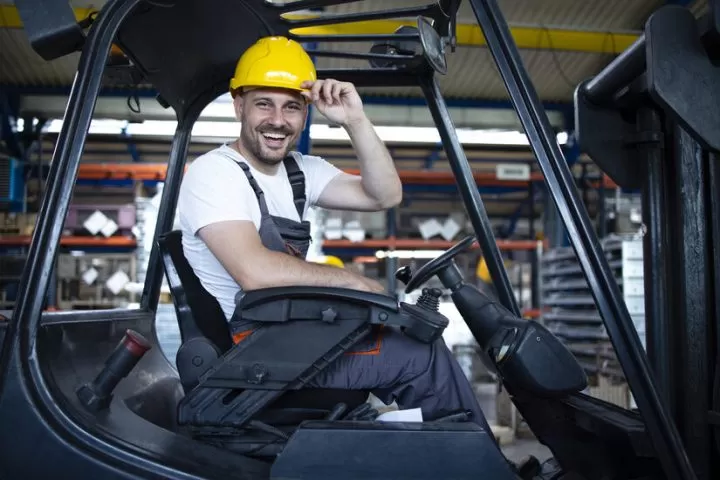
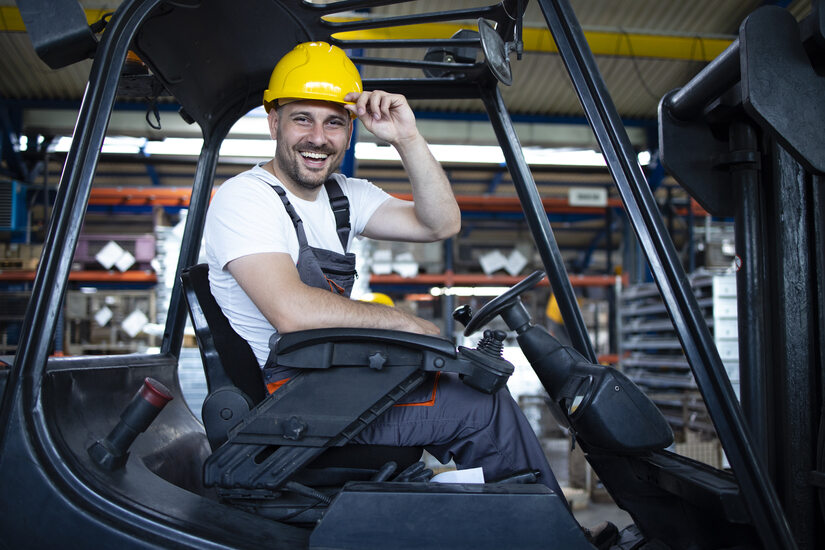




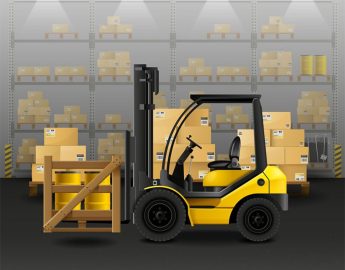
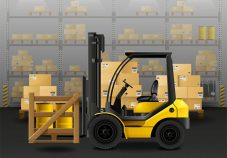


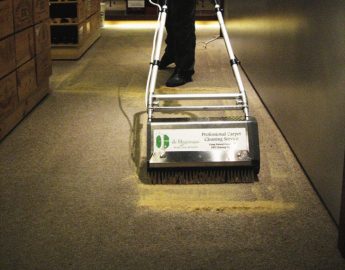









 10 Best House Cleaning Services in Singapore (2025 Update)
10 Best House Cleaning Services in Singapore (2025 Update)  10 Best Aircon Services in Singapore for 2025
10 Best Aircon Services in Singapore for 2025  10 Best House Movers in Singapore for 2025
10 Best House Movers in Singapore for 2025  5 Best Sofa Cleaning Services in Singapore for 2025
5 Best Sofa Cleaning Services in Singapore for 2025  The 7 Most Romantic Restaurants in Singapore for 2025
The 7 Most Romantic Restaurants in Singapore for 2025  10 Best Maid Agencies in Singapore with Proven Track Records for 2025
10 Best Maid Agencies in Singapore with Proven Track Records for 2025  Looking for Pavona
Looking for Pavona  Cirque Le Soir takes over Halloween at CÉ LA VI Singapore
Cirque Le Soir takes over Halloween at CÉ LA VI Singapore  Understanding Bridging Loans: What HDB Upgraders Need to Know When Moving to a Condo
Understanding Bridging Loans: What HDB Upgraders Need to Know When Moving to a Condo  Solo Travel and Mental Health: Discovering Wellness Through Independence and Adventure
Solo Travel and Mental Health: Discovering Wellness Through Independence and Adventure  5 Ways to Improve Your Business’s Energy Efficiency
5 Ways to Improve Your Business’s Energy Efficiency  5 Best Taiwanese Restaurants in Singapore with Authentic Flavors for 2025
5 Best Taiwanese Restaurants in Singapore with Authentic Flavors for 2025  5 Best Chicken Rice in Singapore to Die For 2025
5 Best Chicken Rice in Singapore to Die For 2025  7 Best Chilli Crab in Singapore to Die for 2025
7 Best Chilli Crab in Singapore to Die for 2025  10 New and Upcoming Attractions in Singapore for 2025
10 New and Upcoming Attractions in Singapore for 2025  7 Best Karaokes in Singapore to Have Fun with Family and Friends for 2025
7 Best Karaokes in Singapore to Have Fun with Family and Friends for 2025  3 Best Fish Spas in Singapore: So Fun & Relaxing! [2025]
3 Best Fish Spas in Singapore: So Fun & Relaxing! [2025]